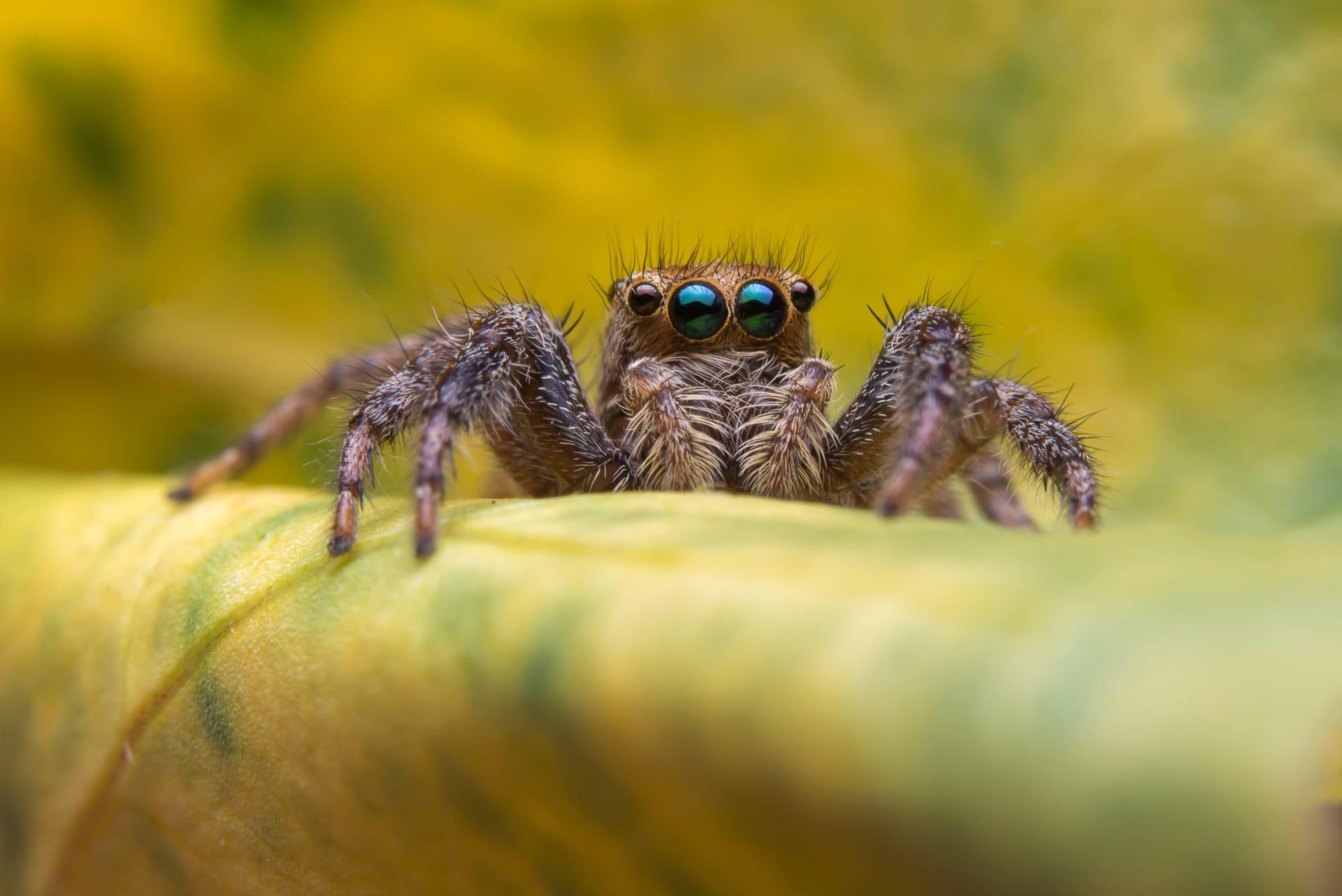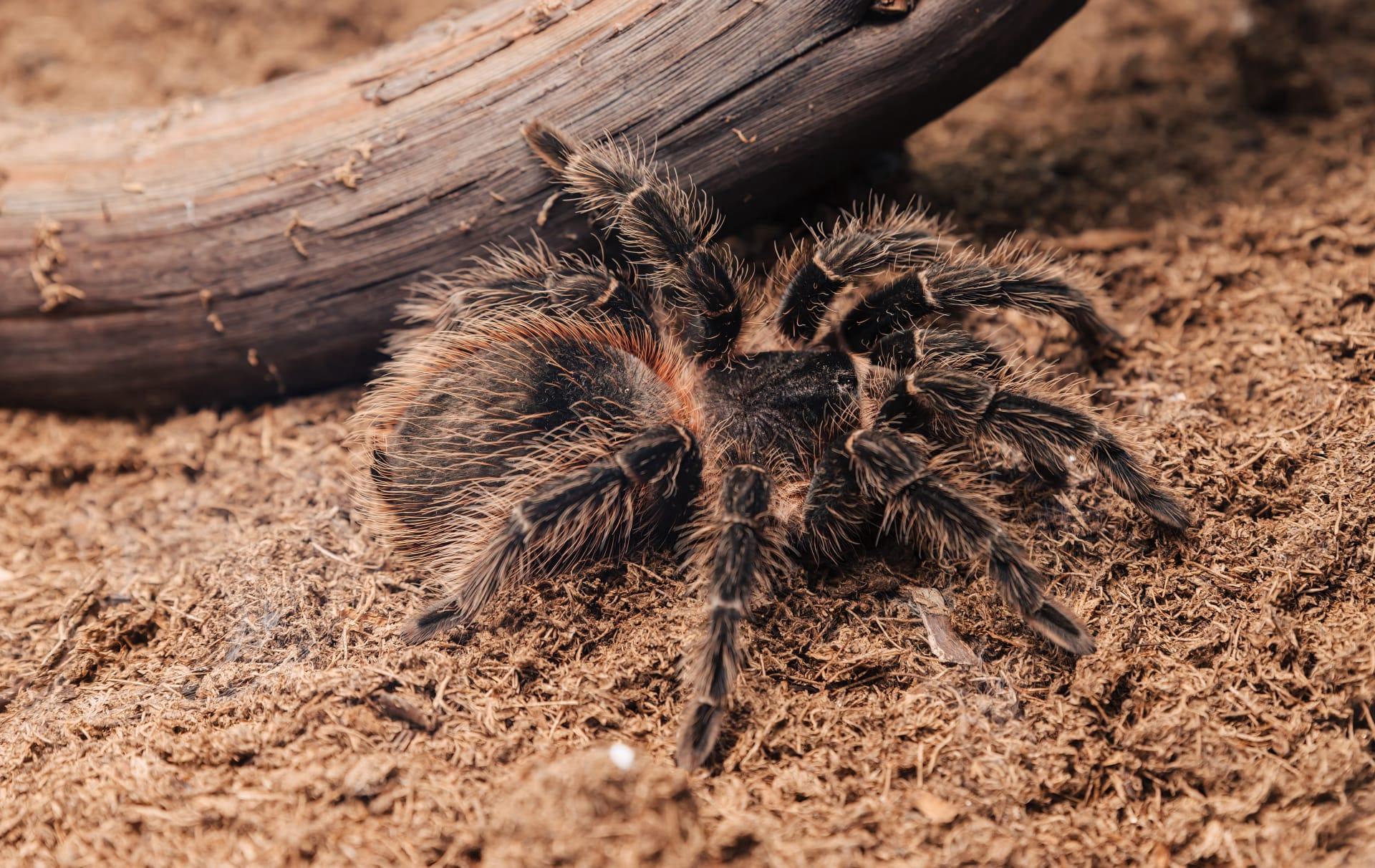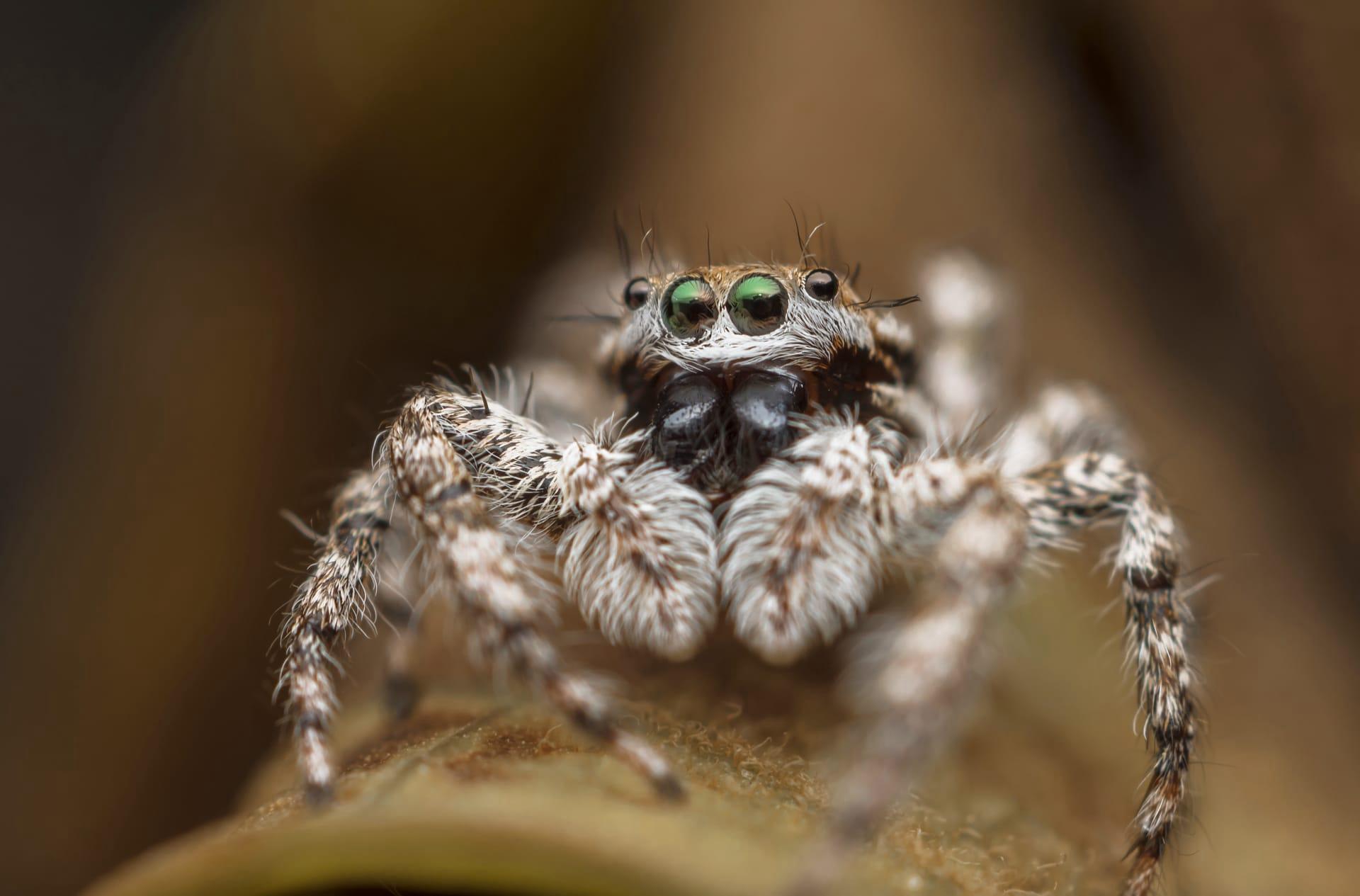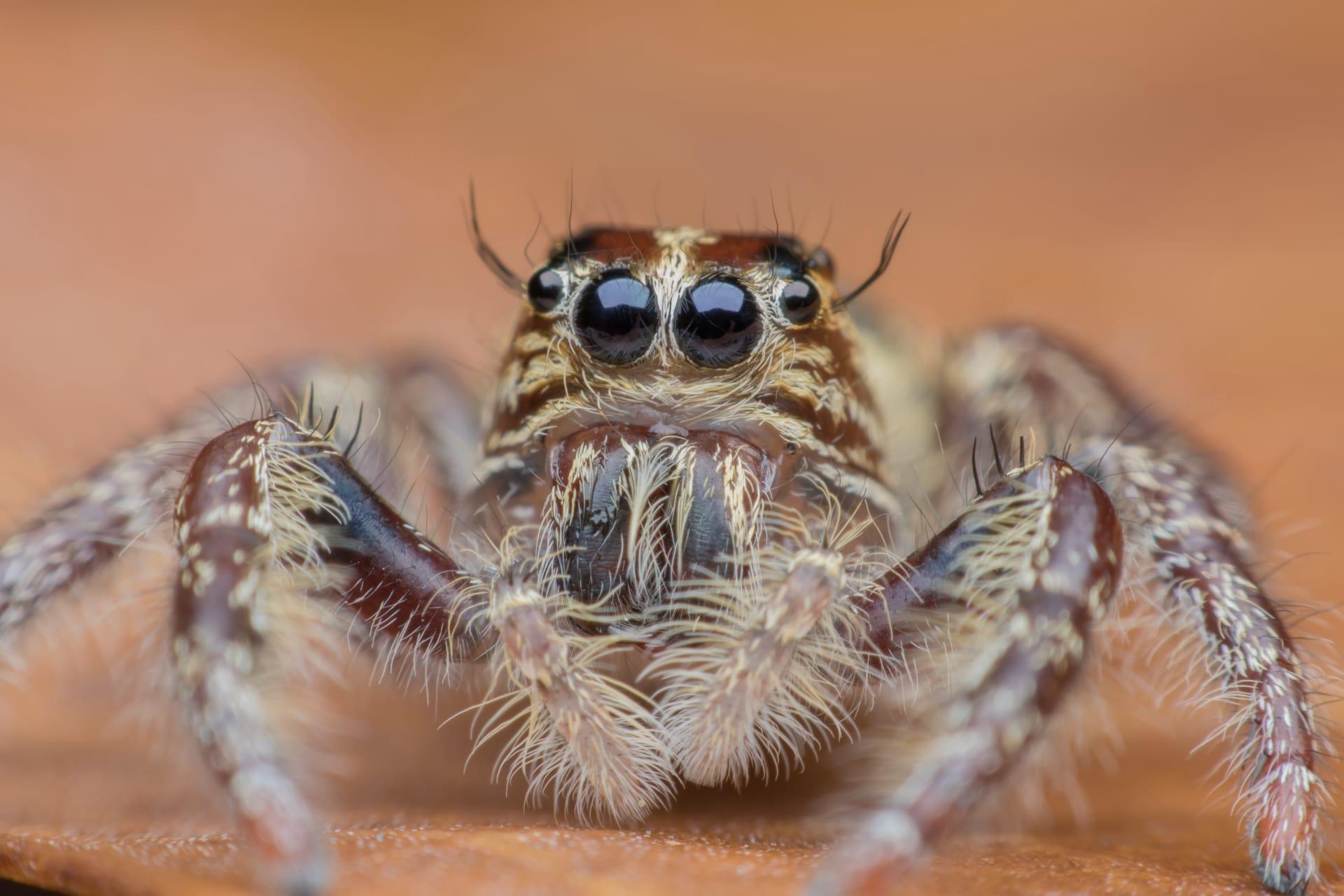Wolf Spiders Trivia
- Home /
- Trivia Question /
- Animal /
- Wolf Spiders Trivia
1
Question: What distinguishes Wolf Spiders from other spider species in terms of physical appearance and behavior?
Answer: Wolf Spiders are unique in their combination of physical and behavioral traits. They range in size from about 0.4 inches (1 cm) to 1.4 inches (3.5 cm) in body length. Unlike many spiders, they have excellent eyesight, with their large, forward-facing eyes providing keen vision for hunting. Behaviorally, they are known for their agility and speed, capable of reaching up to 2 feet (60 cm) per second. They also don't build webs to catch prey, relying instead on active hunting, much like wolves – hence their name.
Question: How do Wolf Spiders care for their young, and what makes this process unique among spiders?
Answer: Wolf Spiders exhibit a rare level of parental care among spiders. After the eggs hatch, the spiderlings climb onto their mother's back and stay there for several weeks until they are large enough to survive on their own. This maternal behavior provides the young spiders with protection and mobility. The number of spiderlings carried can vary, but a mother can carry up to 100 or more offspring on her back. This nurturing approach is a remarkable aspect of their life cycle and a key factor in their survival strategy.

2
Question: Is it true that Wolf Spiders are dangerous and aggressive towards humans?
Answer: This is a common misconception about Wolf Spiders. They are not aggressive towards humans and typically only bite when threatened or provoked. Their venom is not harmful to humans, causing at most mild irritation or temporary discomfort. In fact, they play a beneficial role in controlling pests as they primarily feed on insects.
Question: Do Wolf Spiders live in packs or groups, similar to wolves?
Answer: Despite their name, Wolf Spiders are solitary creatures. The 'wolf' in their name refers to their hunting style, not their social behavior. They do not live in packs or collaborate in hunting. Each spider operates independently, using its agility and speed to hunt prey alone. This solitary nature extends to their territorial behavior, where they often exhibit aggression towards other spiders if their personal space is encroached upon.

3
Question: What environments do Wolf Spiders prefer, and how do they adapt to different habitats?
Answer: Wolf Spiders are highly adaptable and can be found in a variety of environments, including forests, grasslands, wetlands, and even deserts. They prefer to live in areas with ample ground cover or vegetation, which provides them with hiding spots and hunting grounds. Some species are also known to dig burrows or use natural crevices as shelters. Their adaptability to different habitats is a testament to their resilience and versatile hunting skills.
Question: How do Wolf Spiders hunt, and what are their primary prey?
Answer: Wolf Spiders are active hunters, known for their speed and agility. They do not spin webs to catch prey. Instead, they rely on their keen eyesight and sensitivity to vibrations to locate and ambush their prey. They primarily feed on insects such as crickets, ants, and flies. Larger species may also prey on small invertebrates. Their hunting method involves a quick rush towards the prey, grabbing it with their strong jaws, and injecting venom to immobilize it.

4
Question: Are Wolf Spiders capable of 'hearing', and if so, how?
Answer: Recent studies have shown that Wolf Spiders can indeed detect sounds, despite not having conventional ears. Instead, they use the fine hairs and sensory organs on their legs to pick up vibrations and air-borne sounds. This ability helps them in detecting prey, predators, and even potential mates. It's a remarkable adaptation that enhances their predatory efficiency.
Question: How do Wolf Spiders communicate with each other, especially during mating rituals?
Answer: Communication among Wolf Spiders primarily occurs through body movements and vibrations. During mating rituals, the male performs a series of complex leg and body movements to attract a female. These movements often involve tapping and vibrating the ground, which the female detects through her sensory organs. This form of communication is crucial for mate recognition and to ensure the male is not mistaken for prey.

5
Question: How do seasonal changes affect the behavior and lifecycle of Wolf Spiders?
Answer: Wolf Spiders are sensitive to seasonal changes, which greatly influence their behavior and life cycle. In colder climates, they become less active during winter, with some species entering a state of dormancy. In contrast, during warmer seasons, they are highly active, especially in terms of hunting and breeding. Seasonal changes also dictate their habitat choice, with many seeking shelter in burrows or under rocks during extreme temperatures.
Question: What role do Wolf Spiders play in the ecosystem, and why are they important?
Answer: Wolf Spiders play a crucial role in maintaining ecological balance. As predators, they help control the population of insects and other small invertebrates, thereby preventing overpopulation and the potential harm it could cause to crops and vegetation. Additionally, they serve as a food source for larger predators. Their presence indicates a healthy, balanced ecosystem, making them an important species in biodiversity conservation efforts.